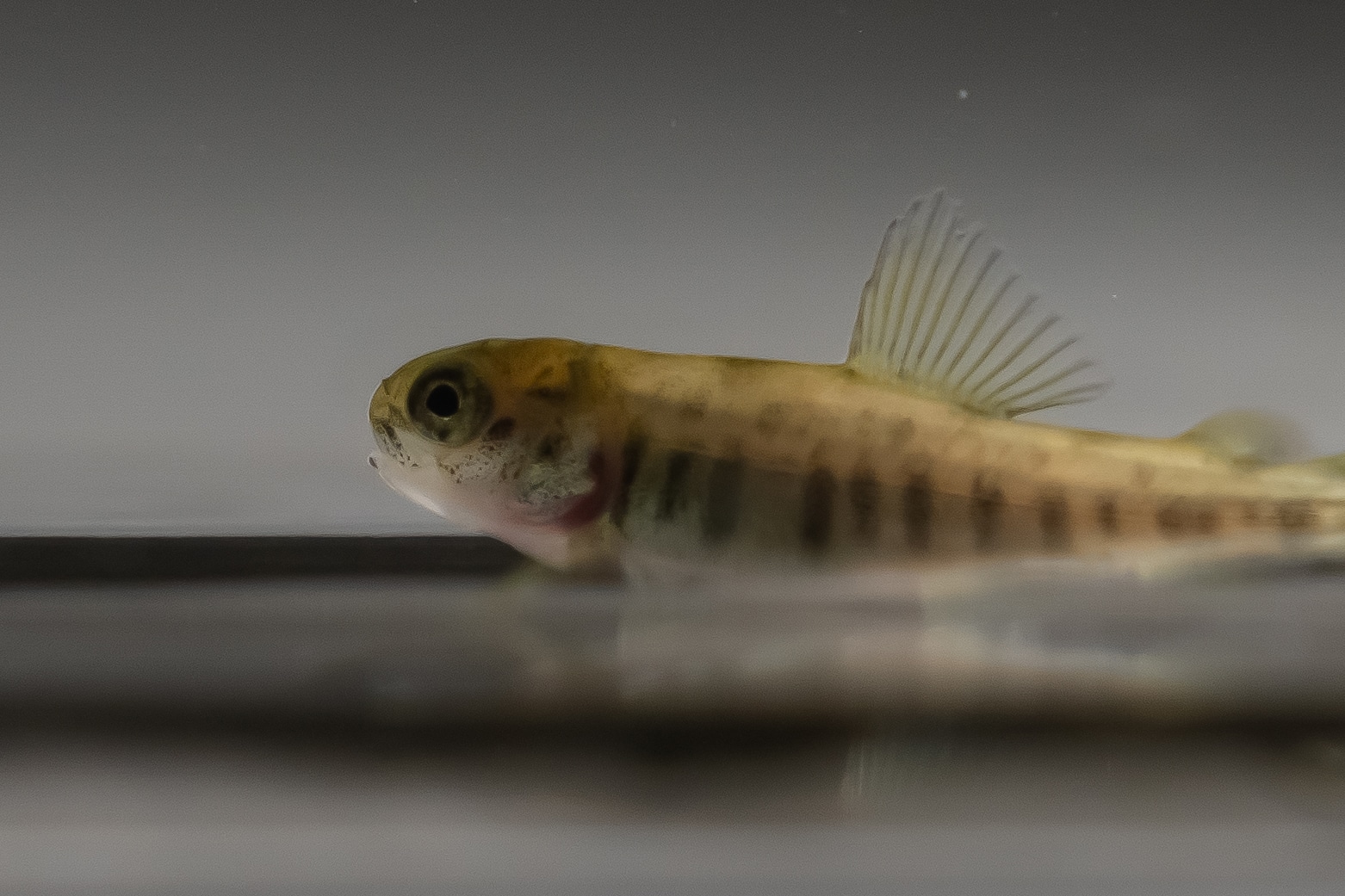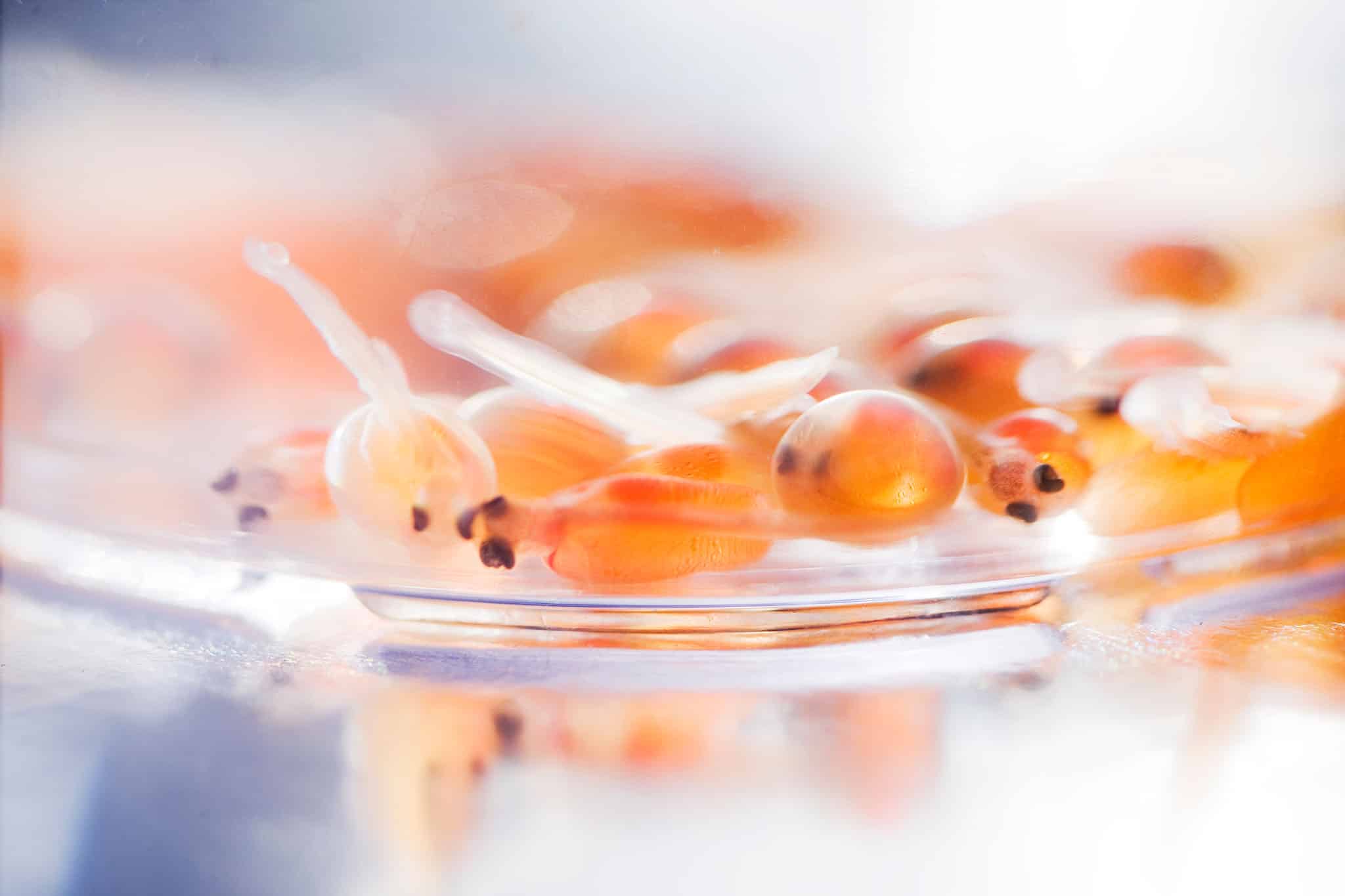
Myths and Facts
Despite the fact that salmon farming has become a professional and strictly regulated industry and continues to present a sustainable choice for your dinner, the industry still carries around some outdated and/or untrue myths. Therefore, we have presented some of the most common myths along with the facts to increase the knowledge and insight into the industry.
Myth: The salmon is full of antibiotics
Fact
The use of antibiotics in Norwegian salmon farming has been fully replaced by vaccines given to the salmon before they are placed into their sea cages. SalMar has a clear policy that states that antibiotics are only used in very special situations where this is recommended by a licensed veterinarian. SalMar has not used antibiotics for several years.
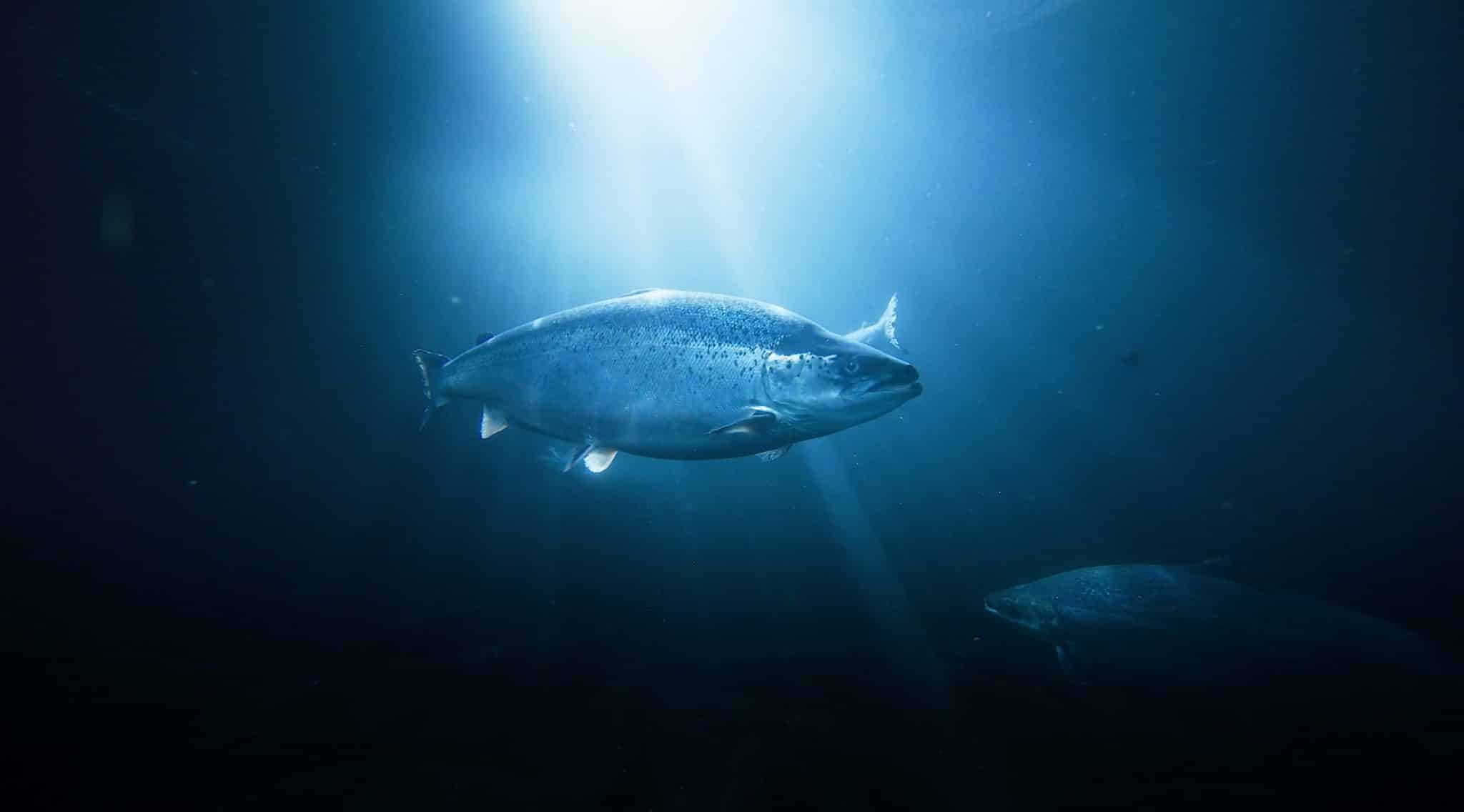
Myth: The fish feed contributes to deforestation
Fakta
All feed used in the Norwegian aquaculture industry is 100% certified as conversion-free and deforestation-free. This stance has been recognized by several independent bodies, including the WWF.
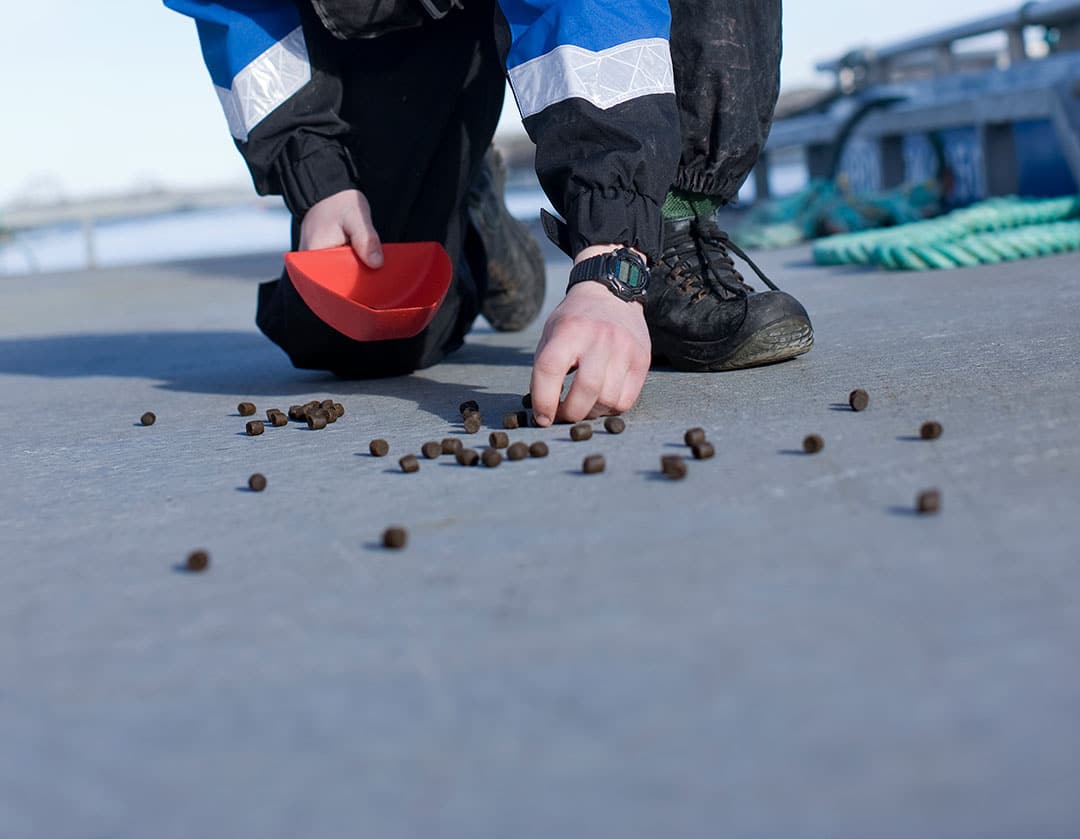
Myth: The salmon is full of toxins
Fact
Farmed salmon is healthy and safe to eat, and the level of foreign substances is far below the authorities’ limit values and significantly lower than what is found in wild salmon. The authorities recommend 2-3 meals of fish a week and half should be fish with a high fat content, such as salmon. The authorities have in fact recommended we eat more rather than less farmed salmon.
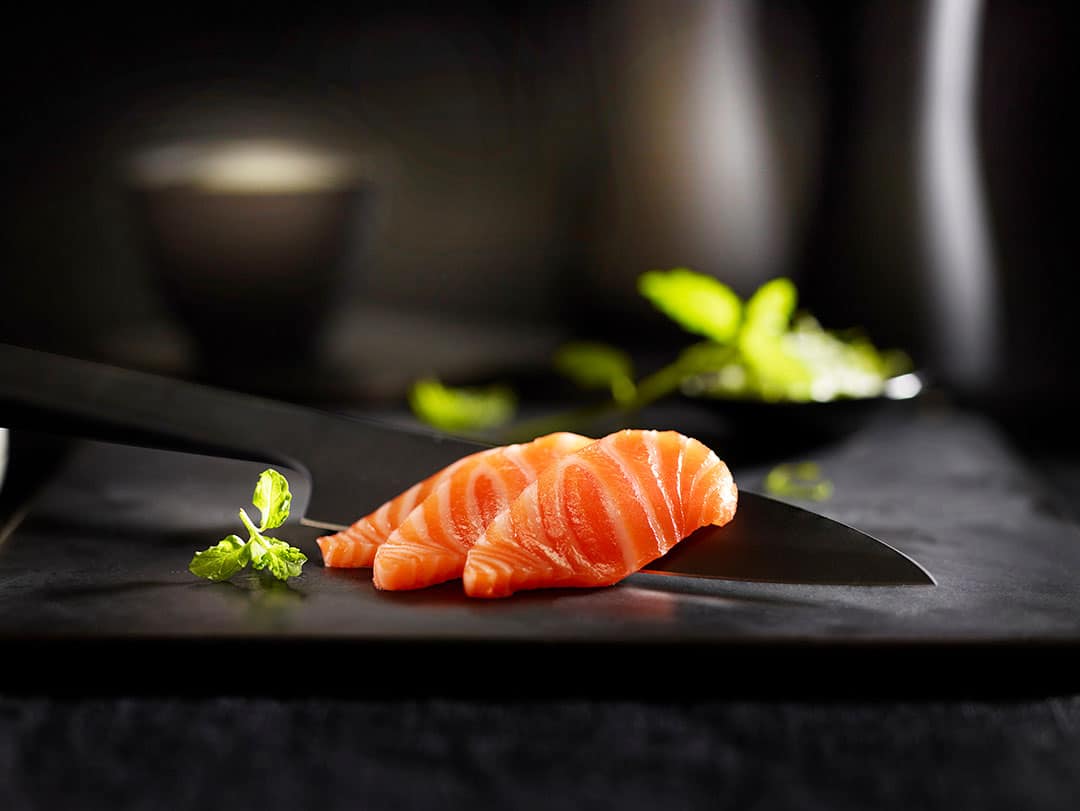
Myth: Salmon is not climate-friendly
Facts
Several studies over many years have shown that farmed salmon has the smallest climate footprint of animal protein sources and significantly lower than cattle and pigs. Salmon production also consumes less freshwater and requires less land area.
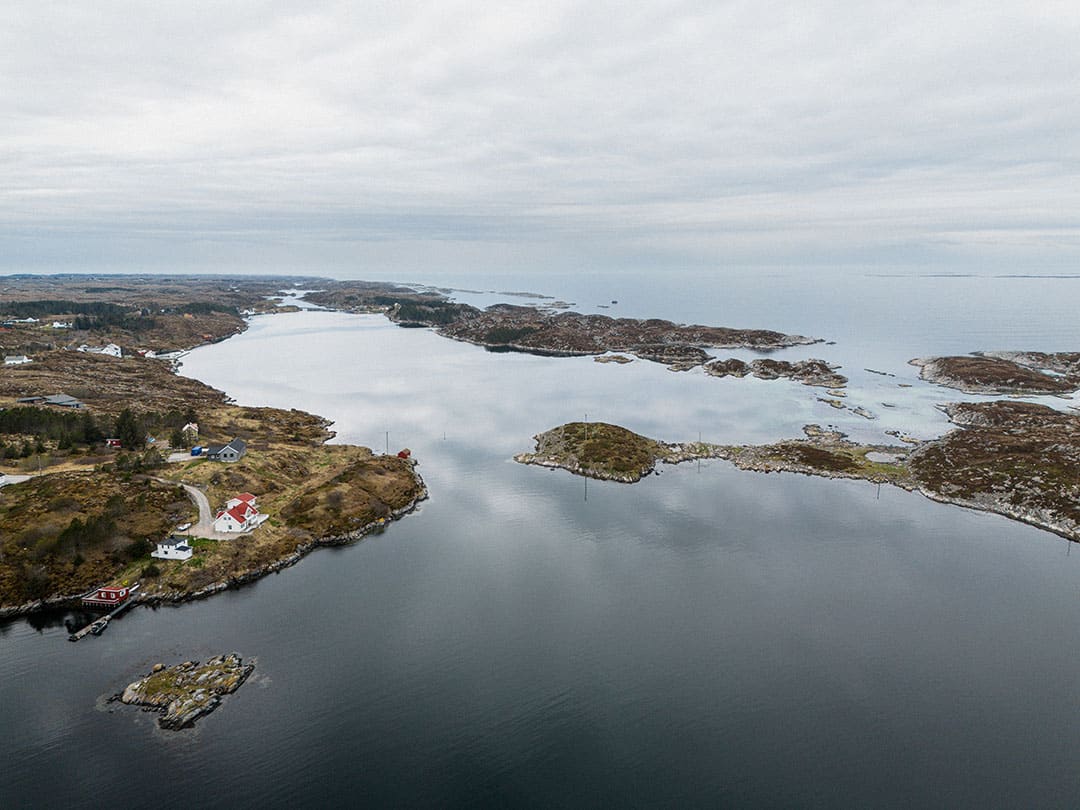
Myth: Salmon farming pollutes the seabed
Fakta
The Institute of Marine Research states that nutrient spill from aquaculture does not pose an environmental problem. Of the nutrient salts that follow the coastal current in Norway, aquaculture accounts for about 2% and the water quality along the coast is little affected by salmon production.
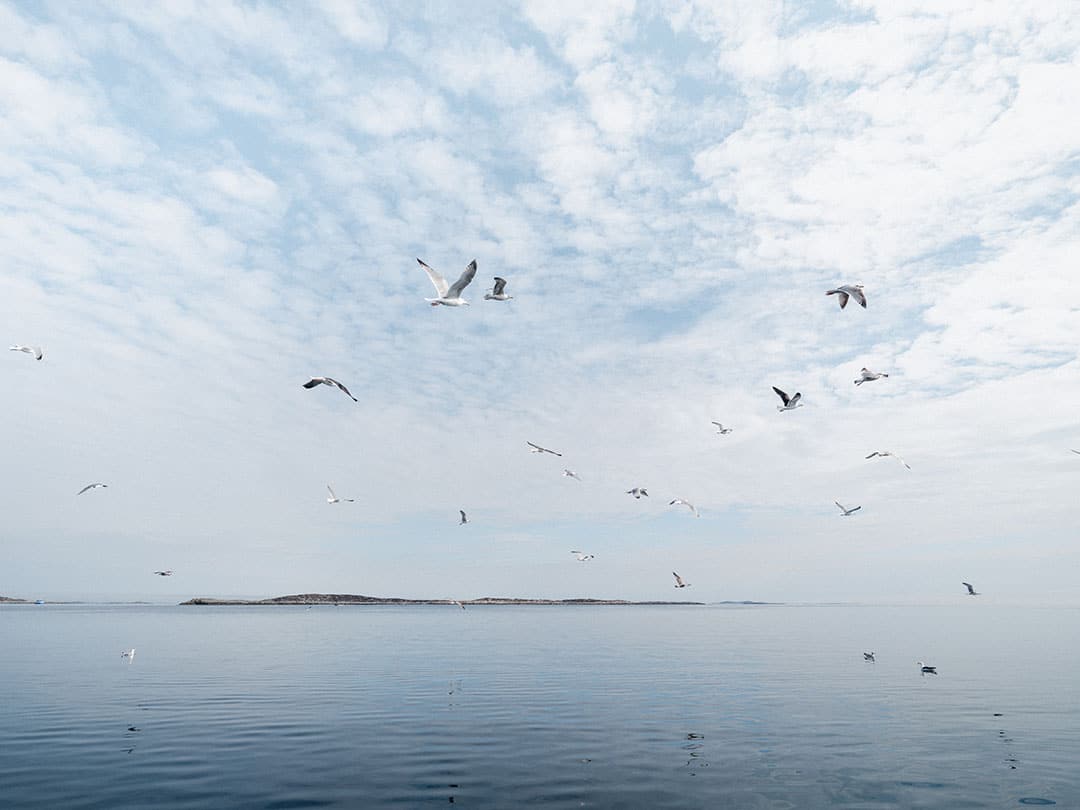
Are you interested in learning more facts about fish farming?
